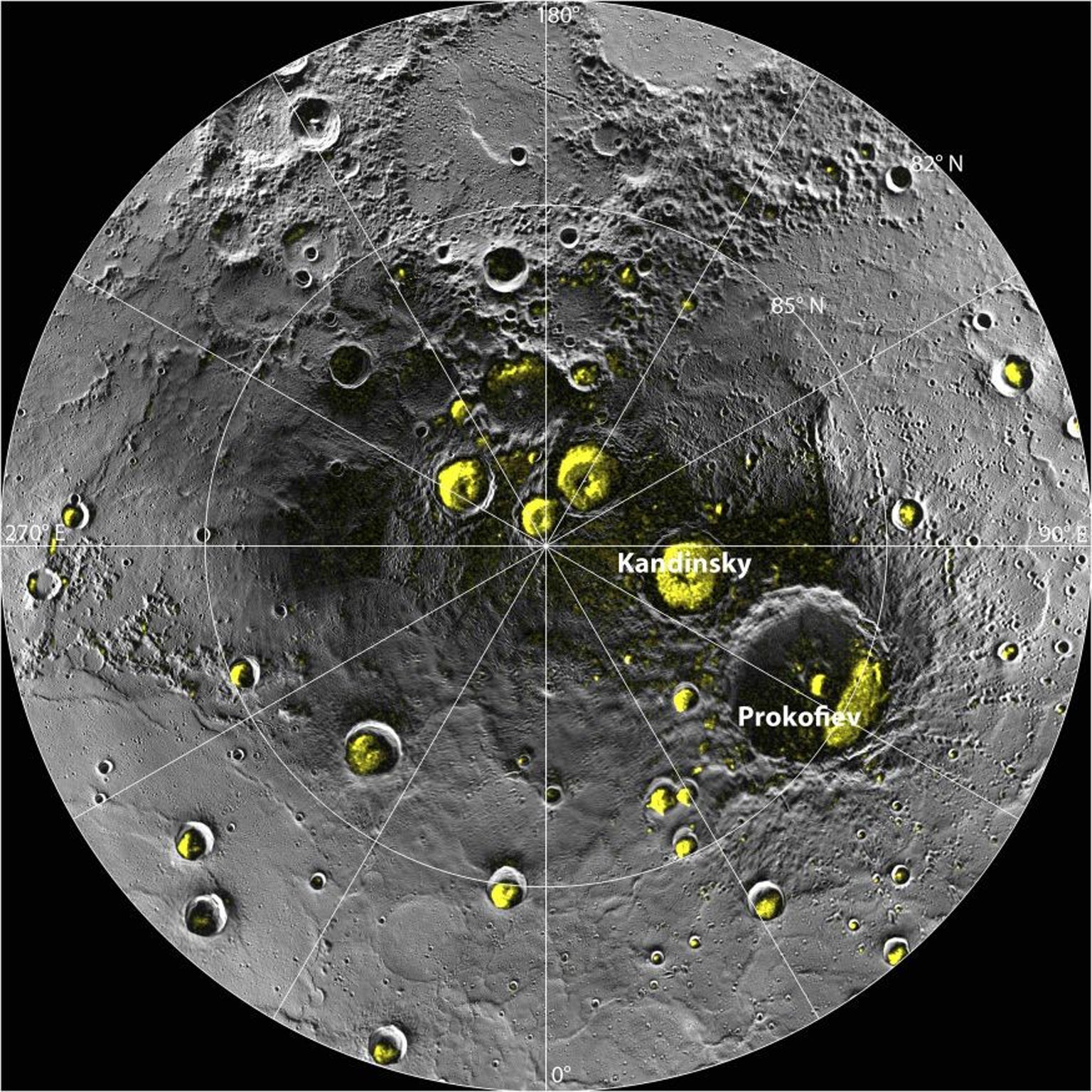
Just in time for Christmas, scientists have confirmed a vast amount of ice at the north pole - on Mercury, the closest planet to the sun.
The findings are from Nasa's Mercury-orbiting probe, Messenger, and the subject of three scientific papers released by the journal Science.
The frozen water is located in regions of Mercury's north pole that always are in shadows, essentially impact craters.
It is believed the south pole harbours ice as well, though there are no hard data to support it. Messenger orbits much closer to the north pole than the south.
"If you add it all up, you have on the order of 100 billion to one trillion metric tons of ice," said David Lawrence of the Applied Physics Laboratory at Johns Hopkins University.
"The uncertainty on that number is just how deep it goes."
The ice is thought to be at least one and a half feet deep - and possibly as much as 65 feet deep.
There is enough polar ice at Mercury, in fact, to bury an area the size of Washington, DC, by two to two and a half miles deep, said Mr Lawrence, the lead author of one of the papers.
"These are very exciting results," he added at a news conference.
For two decades, radar measurements taken from Earth have suggested the presence of ice at Mercury's poles. Now scientists know for sure, thanks to Messenger, the first spacecraft to orbit Mercury.
The water almost certainly came from impacting comets, or possibly asteroids. Ice is found at the surface, as well as buried under a dark material.
Messenger was launched in 2004 and went into orbit one and a half years ago around Mercury, where temperatures reach 426 degrees Celsius. Nasa hopes to continue observations well into next year.
Columbia University's Sean Solomon, principal scientist for Messenger, stressed that no one is suggesting that Mercury might hold evidence of life, given the presence of water.
But the latest findings may help explain how water and other building blocks of life arrived elsewhere in the solar system, he said.
Mercury is becoming the subject of new interest "where it wasn't much of one before", Mr Solomon said.
AP
Join our commenting forum
Join thought-provoking conversations, follow other Independent readers and see their replies
Comments